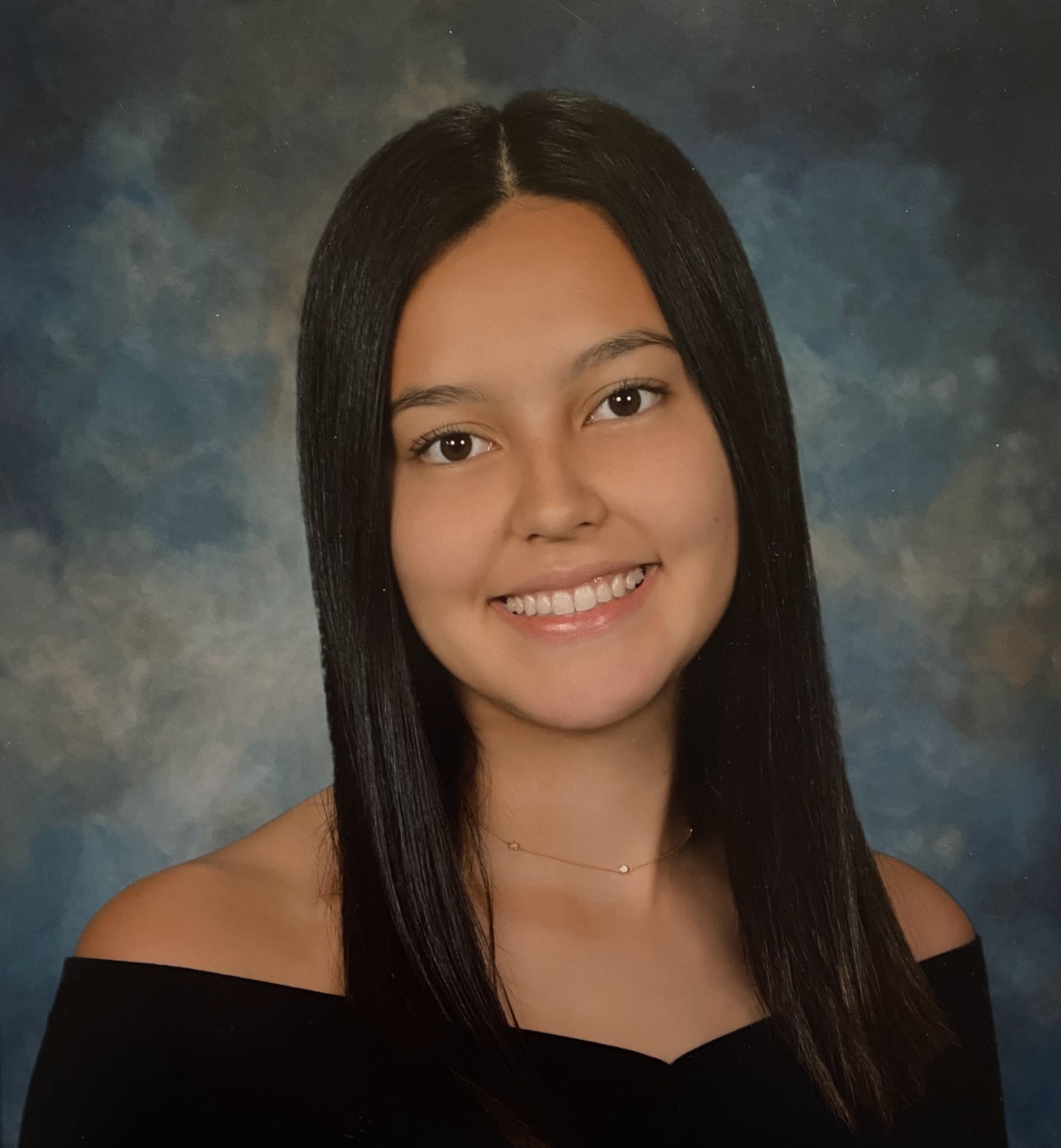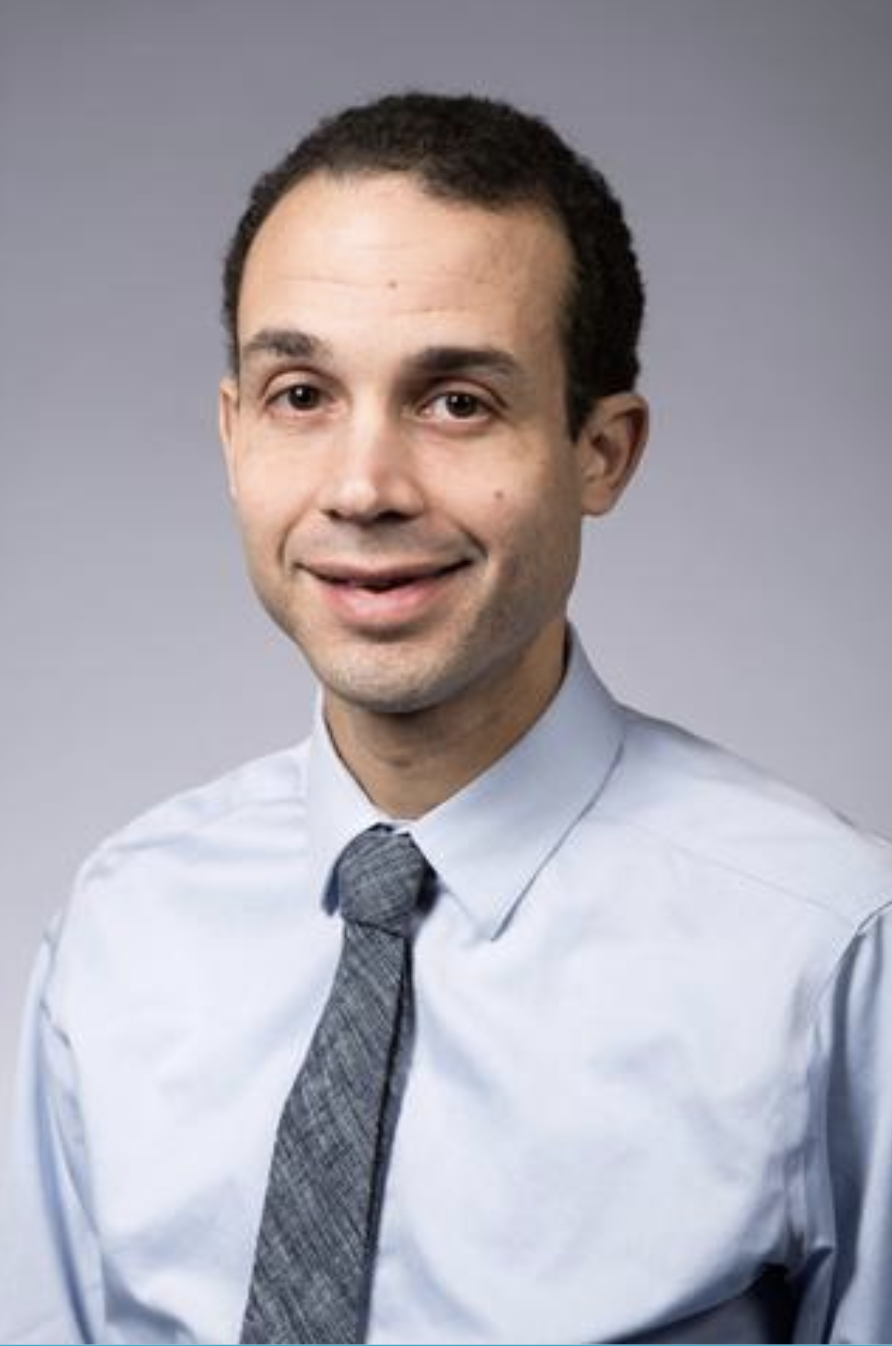Biomechanics
Biomechanics - Poster Session E
Q6 - Computationally Modeling Pore Deformation in Articular Cartilage with Finite Element Analysis
Saturday, October 11, 2025
10:00 AM - 11:00 AM PDT
Location: Exhibit Hall F, G & H

Miriana Kelly
Undergraduate Student
University of Rochester, United States
Mark R. Buckley
Primary Investigator
University of Rochester
Rochester, United States
Presenting Author(s)
Primary Investigator(s)
Introduction: : Articular cartilage (AC) is a porous, fluid-filled tissue that coats and protects bones in joints. Albumin – the most abundant protein in synovial fluid surrounding cartilage in joints [1] – diffuses into the pores of AC, and in osteoarthritic patients, concentrations of albumin are significantly higher than in patients with healthy cartilage [2]. Our lab previously demonstrated that the permeability of cartilage increases after infiltration with albumin and other similarly sized macromolecules, leading to increased vulnerability to mechanical forces. However, the underlying mechanism explaining this effect has not been determined. Thus, in this study, Finite Element Analysis (FEA) and Computational Fluid Dynamics (CFD) were used to model the effects of albumin infiltration in cartilage.
Materials and
Methods: : All simulations were constructed and run in the software platform FEBio. A small region of cartilage was modeled as a porous structure with an outer radius of 10nm, one 8nm central pore large enough to fit albumin (D = 7nm), and surrounding smaller pores ranging from 0.5-0.8nm. These sizes were chosen to match known porosity values, which range from 65-80%. The material surrounding the pores – representing brush-like glycosaminoglycan molecules – was assumed to be a neo-Hookean with a Poisson’s ratio of 0.499. The outer boundary of the model – representing collagen fibrils – was taken to be rigid.
The pressure applied to individual pores (183 Pa) was chosen to match the osmotic pressure predicted by the Van’t Hoff equation, assuming infiltration of 30 mg/mL of albumin. It was further assumed that osmotic pressure acts only in the central pore, where albumin is able to penetrate.
After models ran to completion, the extent of deformation was quantified. Then, individual pores were extruded from the model for steady-state fluid analysis. The fluid was assumed to be Newtonian. An arbitrary applied pressure was assigned to the front face of each pore, and the output volumetric flow rate was measured.
Flow rates from each pore were summed to find the net flow rate, and the total system permeability k was computed according to Darcy’s Law [3]: (k=1/(ΔP/L) (∑poresQ)/(∑poresA))
Finally, the measured permeability was multiplied by a tortuosity factor (calibrated via comparison with experimental data) to account for pores following a winding path.
Results, Conclusions, and Discussions:: When infiltration of albumin in the central pore was modeled, AC exhibited a substantial increase in permeability (Fig. 1). Increasing the Young’s modulus of the material surrounding the pores (representing glycosaminoglycans) resulted in a reduced increase in permeability after infiltration (Fig. 2). Note that glycosaminoglycans are highly nonlinear, with Young’s modulus ranging from 1 Pa – 1MPa depending on their loading conditions. In contrast to pressurizing only the central pore, when all pores were pressurized, there was only a negligible change in permeability (Fig. 3).
To qualitatively explain these collective findings, note that according to the Hagen-Poiseuille equation, for a circular pore:
█(Q=(ΔPA^2)/8πμL#(2))
Thus, assuming all pores are circular, have the same length, and are exposed to the same pressure, Darcy’s law (Eq. 1) and the Hagen-Poiseuille equation (Eq. 2) combine to yield
█(k=π/8μ (∑_poresR^4 )/(∑_poresA)#(3))
Since the contribution to the permeability from each pore is proportional to its radius to the fourth power (Eq. 3), large pores will have an outsized effect on overall tissue permeability compared with small pores. Thus, even if smaller pores shrink as the central pore is widened by the osmotic pressure from albumin infiltration, the net effect is an increase, the net effect is still an increase in tissue permeability.
Importantly, we found that the permeability of cartilage was not affected by albumin infiltration if we assumed albumin was able to penetrate all pores. This finding confirms that accounting for the heterogeneous pore structure of cartilage (and the inability of albumin to penetrate some pores) is necessary to explain how albumin influences the mechanical response of cartilage.
Since increased cartilage permeability is associated with increased vulnerability to mechanically-induced injury, these collective findings provide new insights into possible causes of cartilage damage in patients with OA, who have been shown to exhibit a high concentration of albumin. Ultimately, understanding the role of macromolecules and permeability on articular cartilage will support the development of new treatments for cartilage damage and osteoarthritis.
Acknowledgements and/or References (Optional): : 1. Gobezie et al., Arthritis Res Ther 2007;9(2):R36
2. Bennike et al., J Proteome Res 2014 Oct 3;13(10):4377-87
3. Gray et el., Environ Sci Technol 2004 Nov 15;38(22):5895-901
